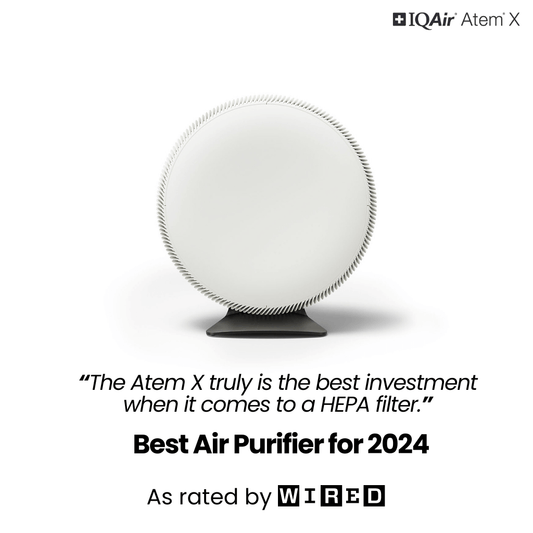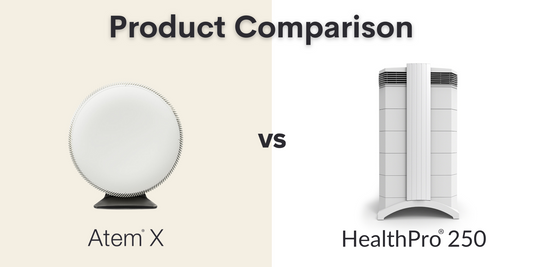A new report from the Department for Environment, Food and Rural Affairs (Defra) tells us that there has been a long-term decrease in air pollutant emissions over the period 1970-2011. Six of the major pollutants are measured and they all show a different level, and rate, of decrease. Each one tells its own story, which depends upon what the sources of the pollutant are, and how levels have been affected, over the last four decades, by legislation and changing behaviour.
- Sulphur dioxide. The most dramatic decrease is seen in sulphur dioxide levels – down to just 5% of 1970 levels. This is mainly because of a widespread switch away from high sulphur fuels, like coal and heavy fuel, towards lower sulphur fuels, like natural gas, in energy generation and industry. The introduction of flue gas desulphurisation, to clean up emissions from power stations, has also helped a lot.
- PM10s and PM2.5s. These are tiny particles (PM = Particulate Matter) that are generated by all kinds of human activities, including transport and industry. PM10s are 10 microns or less in size, PM2.5s are 2.5 microns or less. They have undergone a steady decrease over the years and now their levels stand at 25% and 30% of their 1970 value. The Environment Agency says that regulation on industries and processes that generate PM10 has been largely responsible for this decline, especially during the period 1990-2005. However, there is still some way to go as the UK has not reached targets set for PM emissions by the European Union and, indeed, regularly breaches levels set in some city centres, including London. More traffic regulation could make a real difference with more restrictions put on dirtier vehicles (diesel combustion is a major source of PM pollution).
- Nitrogen oxides. Levels of nitrogen oxides shifted hardly at all from 1970 till the mid-1990s, and then came down quite sharply to today's level of 40% of 1970 values. Road transport is a major source of nitrogen oxide emissions and there was a big increase in road traffic between 1984 and 1989 which accounts for the less than a smooth decline in emissions over the years. Stricter regulations on emissions and better exhaust filter technology have now had the effect of decreasing levels overall, although there is still some way to go (the UK has agreed to reduce emissions from 2020 and beyond to 55% of the 2005 level of 1.57 million tonnes per year).
- Non-methane Volatile Organic Compounds. This category of pollution includes the hydrocarbons (many of them known carcinogens) which are emitted in the combustion exhausts of petrol and diesel vehicles. Just a word of explanation – methane is also a Volatile Organic Compound but is treated separately as a pollutant. In environmental terms, methane is notorious as being emitted from the gut of farm animals, adding to the burden of greenhouse gases in the atmosphere. Non-methane Volatile Organic Compounds which are emitted also by a wide range of industrial processes and are down to about 40% of their 1970 value. There was actually a peak in VOC emissions around the late 1980s (which parallels a shallower peak in nitrogen oxide emissions) which seems to reflect the increase in road traffic during this period. New standards on new cars on emission levels, including catalytic converter technology, largely accounts for the decline in emissions since then.
- Ammonia. This is the only pollutant whose emission levels have actually gone up in the last three years – by 4% overall. Emissions from agriculture account for most of the ammonia in the atmosphere. Defra says that increased use of urea as a nitrogen-containing fertiliser and wider use of anaerobic digestion in waste management accounts for the rise. Ammonia reacts with other gases in the air to produce PM-type pollution. Overall, levels of ammonia are down to 80% of their 1970 value, making it the pollutant where legislation and changing practices have had the least impact.
It is notable that most of the improvement in emissions happened in the earlier years of the 1970-2011 period. In particular, the decline in PM and sulphur dioxide pollution has slowed in recent years. Further improvements are required, under EU legislation, with the next big target date being 2020. This emission data is only a piece of the pollution jigsaw because it does not tell us about persisting levels of pollution in the air around us, or about the impact on health, both short and long-term. The latter will be seen only many years after this data was recorded. But information on air pollution trends like this is very valuable because it can drive policy, showing where we need to improve to attain the quality of air that the population deserves.
More information:
www.defra.gov.uk/statistics/environment/air-quality/air-pollutant-emissions-in-the-uk/




